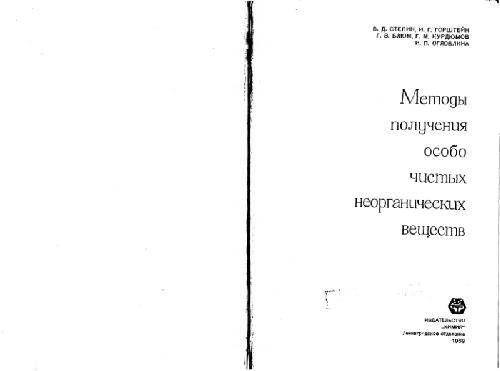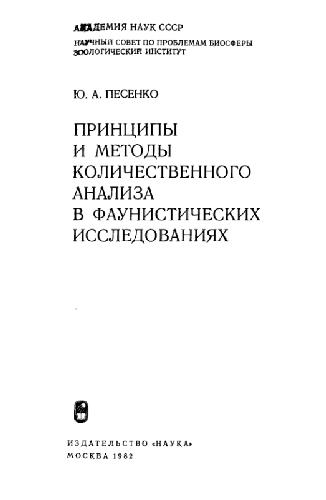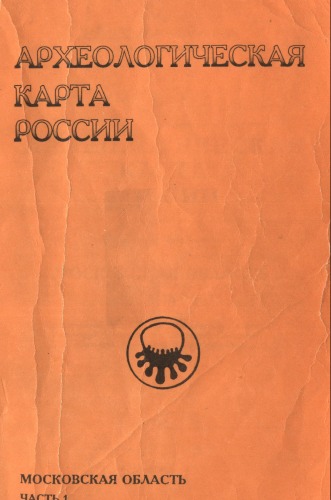- 2 402 202 книги
libcats.org





Introduction to Modern Economic Growth
Daron AcemogluEconomic growth continues to be of interest largely because of the large part of humanity whose living standards are so very substantially worse than the middle-class norm of OECD countries. Economists are as interested as anyone else, whence university texts full of economists' economic growth research:
-- Acemoglu, "Introduction to Modern Economic Growth" (2009)
-- Aghion and Howitt, "The Economics of Growth" (2009)
-- Weil, "Economic Growth" (2nd ed., 2009)
As a Ph.D. economist who has resided and worked for the past thirty years in low-income areas of several continents, in countries of which the wealthiest was Egypt, "Economic Growth" is a daily interest. How does the enterprise sector relate to what attracts our attention to low-income countries in the first place: hunger, physical insecurity, abusive social relations? Does it pass these problems by, or does it alleviate them? Should interested outsiders care about "the economy" and if so what should they do? Or should they concentrate on relief, or on political reform?
This review of the three texts listed above looks at them from the point of view of their usefulness in relation to this particular interest.
Although Weil's undergraduate text stays away from the mathematics that dominate the other two, all three books are quite similar in that each is an encyclopedic exposition of models of aggregate growth, along with numerous factors that have been suggested to affect it. None is a monograph that states and defends a thesis. They all prepare a student to grapple with problems in the hope that the students will solve them.
Perhaps that is the fate of a textbook: anything more assertive would be commercially limiting.
Nonetheless, the result is a certain defensiveness. The task of the two graduate texts in particular seems to be to demonstrate that, if observation of low-income countries or of growth should give rise to an idea, then the economics profession can model it.
This is not to say that the authors haven't had ideas. But none of these texts is a handbook of things to be done: how to create economic growth or improve its quality. The implication, unfortunately, is that the authors don't have that toolkit to offer. (The graduate texts are, however, handbooks on how to model.)
The reader will learn quite a bit about the world from Weil's book, which is more descriptive than the other two. Aghion and Howitt's is immensely learned, but Acemoglu's book stands out in a couple ways. First, it is the only one to cross the line and become an applied mathematics textbook pure and simple. Secondly, however, its great length affords space for an "Epilogue," an explicit outlier that contains some non-mathematical statements. And it's here where I can pin-point what seems to me to be the underlying methodological error.
Acemoglu says about Chinese history, on page 867 (!): "When prospects for economic growth conflicted with political stability, the elite opted for maintaining stability, even if this came at the expense of potential economic growth. Thus China tightly controlled ... ."
Let me state the principle that Acemoglu has violated here: Things don't happen for causes. Things happen because people do them.
If things happened for causes, then we might indeed model cause and effect -- and probably conclude that that's all we could do.
But all the models and history are after the fact. If the fact were different, we'd be modeling that instead. And it always might have been different. China's history, in point of fact, finally did read: "Even though the measures required for economic growth conflicted with political stability, the elite found a way to take the measures and preserve political structures, resulting in massive benefits that ultimately were both economic and political." China's elite might very well have START TRANSACTION WITH CONSISTENT SNAPSHOT; /* 2701 = 489c6eac1bfec48fefadc3124f245523
-- Acemoglu, "Introduction to Modern Economic Growth" (2009)
-- Aghion and Howitt, "The Economics of Growth" (2009)
-- Weil, "Economic Growth" (2nd ed., 2009)
As a Ph.D. economist who has resided and worked for the past thirty years in low-income areas of several continents, in countries of which the wealthiest was Egypt, "Economic Growth" is a daily interest. How does the enterprise sector relate to what attracts our attention to low-income countries in the first place: hunger, physical insecurity, abusive social relations? Does it pass these problems by, or does it alleviate them? Should interested outsiders care about "the economy" and if so what should they do? Or should they concentrate on relief, or on political reform?
This review of the three texts listed above looks at them from the point of view of their usefulness in relation to this particular interest.
Although Weil's undergraduate text stays away from the mathematics that dominate the other two, all three books are quite similar in that each is an encyclopedic exposition of models of aggregate growth, along with numerous factors that have been suggested to affect it. None is a monograph that states and defends a thesis. They all prepare a student to grapple with problems in the hope that the students will solve them.
Perhaps that is the fate of a textbook: anything more assertive would be commercially limiting.
Nonetheless, the result is a certain defensiveness. The task of the two graduate texts in particular seems to be to demonstrate that, if observation of low-income countries or of growth should give rise to an idea, then the economics profession can model it.
This is not to say that the authors haven't had ideas. But none of these texts is a handbook of things to be done: how to create economic growth or improve its quality. The implication, unfortunately, is that the authors don't have that toolkit to offer. (The graduate texts are, however, handbooks on how to model.)
The reader will learn quite a bit about the world from Weil's book, which is more descriptive than the other two. Aghion and Howitt's is immensely learned, but Acemoglu's book stands out in a couple ways. First, it is the only one to cross the line and become an applied mathematics textbook pure and simple. Secondly, however, its great length affords space for an "Epilogue," an explicit outlier that contains some non-mathematical statements. And it's here where I can pin-point what seems to me to be the underlying methodological error.
Acemoglu says about Chinese history, on page 867 (!): "When prospects for economic growth conflicted with political stability, the elite opted for maintaining stability, even if this came at the expense of potential economic growth. Thus China tightly controlled ... ."
Let me state the principle that Acemoglu has violated here: Things don't happen for causes. Things happen because people do them.
If things happened for causes, then we might indeed model cause and effect -- and probably conclude that that's all we could do.
But all the models and history are after the fact. If the fact were different, we'd be modeling that instead. And it always might have been different. China's history, in point of fact, finally did read: "Even though the measures required for economic growth conflicted with political stability, the elite found a way to take the measures and preserve political structures, resulting in massive benefits that ultimately were both economic and political." China's elite might very well have START TRANSACTION WITH CONSISTENT SNAPSHOT; /* 2701 = 489c6eac1bfec48fefadc3124f245523
Ссылка удалена правообладателем
----
The book removed at the request of the copyright holder.
----
The book removed at the request of the copyright holder.
Популярные книги за неделю:
#2

В.Бекетов, К.Харченко. Измерения и испытания при конструировании и регулировке радиолюбительских антенн (djvu)
4.82 Mb
#4

Самодельные детали для сельского радиоприемника
Авторы: З.Б.Гинзбург, Ф.И.Тарасов.Категория: радиоэлектроника
1.40 Mb
Только что пользователи скачали эти книги:
#2

Методы получения особо чистых неорганических веществ
Степин Б.Д., Горштейн И.Г., Блюм Г.З.
5.32 Mb
#4

Принципы и методы количественного анализа в фаунистических исследованиях. М., 1982
Песенко Ю.А.
4.45 Mb
#9

Археологическая карта России: Московская обл. (часть 1)
Под редакцией Ю. А. КрасноваКатегория: КНИГИ ИСТОРИЯ
152.09 Mb










